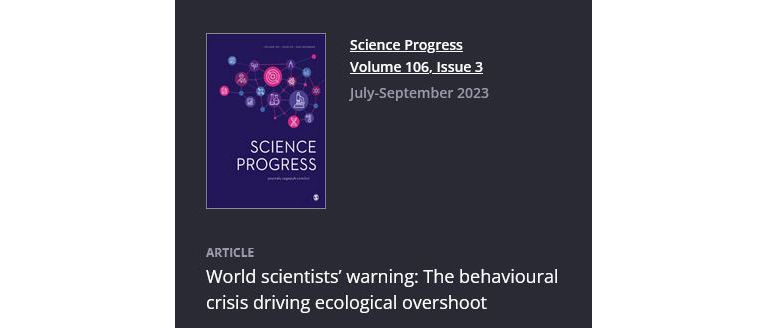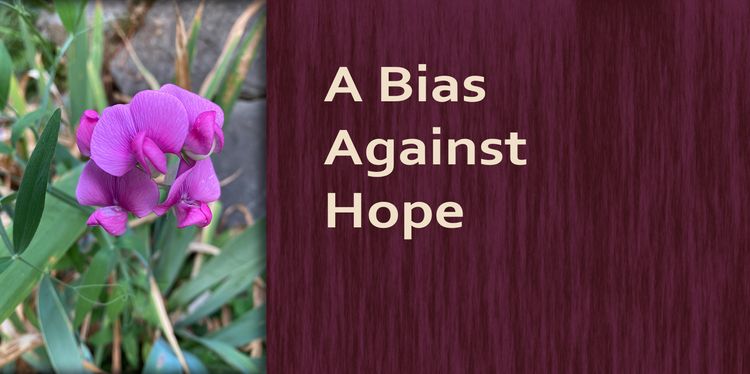Moments

The power embedded in the moment is a major theme of my new climate fiction mystery, The EarthStar Solution. In the book, this power brings the main character the deepest of connections in mysterious and transformative ways, but moments are not just about what can happen in a split second.
Moments are also about choice, for in the flash of time that encompasses a moment, we step from decision to action, and to combat climate change, action is what we need now more than anything.
But what is holding up the action? Is it the ability of wealthy fossil fuel investors and companies to block clean energy by stalling regulation and political action? Or is it our individual choices that lead to fossil fuel over-consumption and apathy toward change? I raise both issues in The EarthStar Solution, but the one we can more immediately control as individuals is our moment-to-moment decisions of what we buy and how we live.

What is behind these lifestyle decisions? Along with personal experience and circumstances, there’s the pressure of social norms. Frida Hylander, a Swedish climate psychologist who publishes a Substack called Climate Psyched explains in a recent post that:
People are social beings, which means that we’re prone to tune into the unwritten rules about what’s appreciated, desirable or wanted. These unwritten rules and cues are usually referred to as social norms. Symptomatic for any norm is that when you’re belong to or act within the norm you don’t really need to think about what you’re doing.
This means many of our lifestyle choices are made without questioning them for their climate impact. So, what’s the problem with these social norms? Our high-emitting lifestyle, courtesy of advertising and cultural messaging through books, films, and television, is compelling us to over-consume earth’s resources.

A recent article in Science Progress called World scientists’ warning: The behavioural crisis driving ecological overshoot, describes a crisis that has gone unaddressed as we scramble for more technical solutions. The authors note that:
To date, a mere quarter of humanity – the wealthy quarter – is responsible for 74% of excess energy and material use. This, when taken alone, is sufficient to propel the human enterprise into overshoot.
Meanwhile, the quarter of the global population who live below the USD $3.65 [per person per day] poverty line, and the almost half, 47%, who live below the USD $6.85 [per person per day] poverty line aspire to achieve equivalent high-end lifestyles, encouraged, in part, by the constant barrage of advertising. To achieve this would certainly increase greenhouse gas emissions, deplete many essential renewable resources from fish-stocks to arable soils and strain global life-support to breaking point, including the risk of triggering runaway hothouse Earth conditions.
They call this a maladaptive behavioral crisis, and despite the dire circumstances these consumptive norms are pushing us toward, the developed world barely questions every consumer decision, every dream of luxury, every aspiration for wealth, glamour, or status. We have been led to imagine that our lifestyles are normal, healthy, and will ensure our happiness by our cultural messaging and the actions of those around us. Furthermore, if we don’t even question our own norms, how can we not support the developing world’s quest to attain that very same lifestyle? But as Hylander says, norms are malleable.
Still, malleable doesn’t mean easy. In another post, Hylander talks about how to get the high-emitters, especially the rich, to change. In one study she cites, she says:
The researchers found that the most effective types of interventions (with the largest effect sizes) were social comparison and financial incentives, whereas the least effective interventions were feedback and education.
Unfortunately, she says, the research doesn’t show that high-emitters can be depended on to change with just an appeal to their goodwill. We need to have systemic changes through political action, such as a carbon tax. Still, high-emitters that do change their behavior can serve as very effective role models for everyone else. Think of all the influencers out there that can make a difference, such as Taylor Swift encouraging young fans to register to vote, creating a 1,226% jump in activity in the hour after her post on Vote.org.

And it’s not just the influencers that have power to shape the norms. The authors of the Science Progress article claim:
Storytelling shapes appetites and norms: in this paper, we focus largely on the marketing industry, but we believe it important to highlight the potential of the media and entertainment industries for addressing the behavioural crisis also. Modelling behaviour through entertainment can be an extremely powerful way of driving behavioural change.
They cite the successful telenovelas in Brazil created by the Population Media Centre that successfully influenced child-bearing attitudes and increased the use of family-planning—which leads me back to my effort to promote climate fiction that inspires people to act.
In my novel, The EarthStar Solution, Kaye Malloy, an entitled teen from a wealthy family begins to question her lifestyle. She also models becoming involved in political action by canvassing for a carbon tax initiative, and she challenges her own father, a wealthy hedge fund manager who invests in oil and gas, on his behavior. Throughout the book, the reader gets to try on Kaye’s thinking and choices for each turn of the plot. What is plot, anyway, except decisions made in the moment by the main character for each step of the story?

This is the power of storytelling (and why I wrote the book) to help a reader imagine what it is like to question behavior or take action. In this way, authors hold tremendous power to affect social norms by creating a powerful image for climate action, moment by moment, page by page.
Please spread the word. Tell everyone to subscribe to the newsletter and receive a free review copy of The EarthStar Solution for them to read.





Member discussion